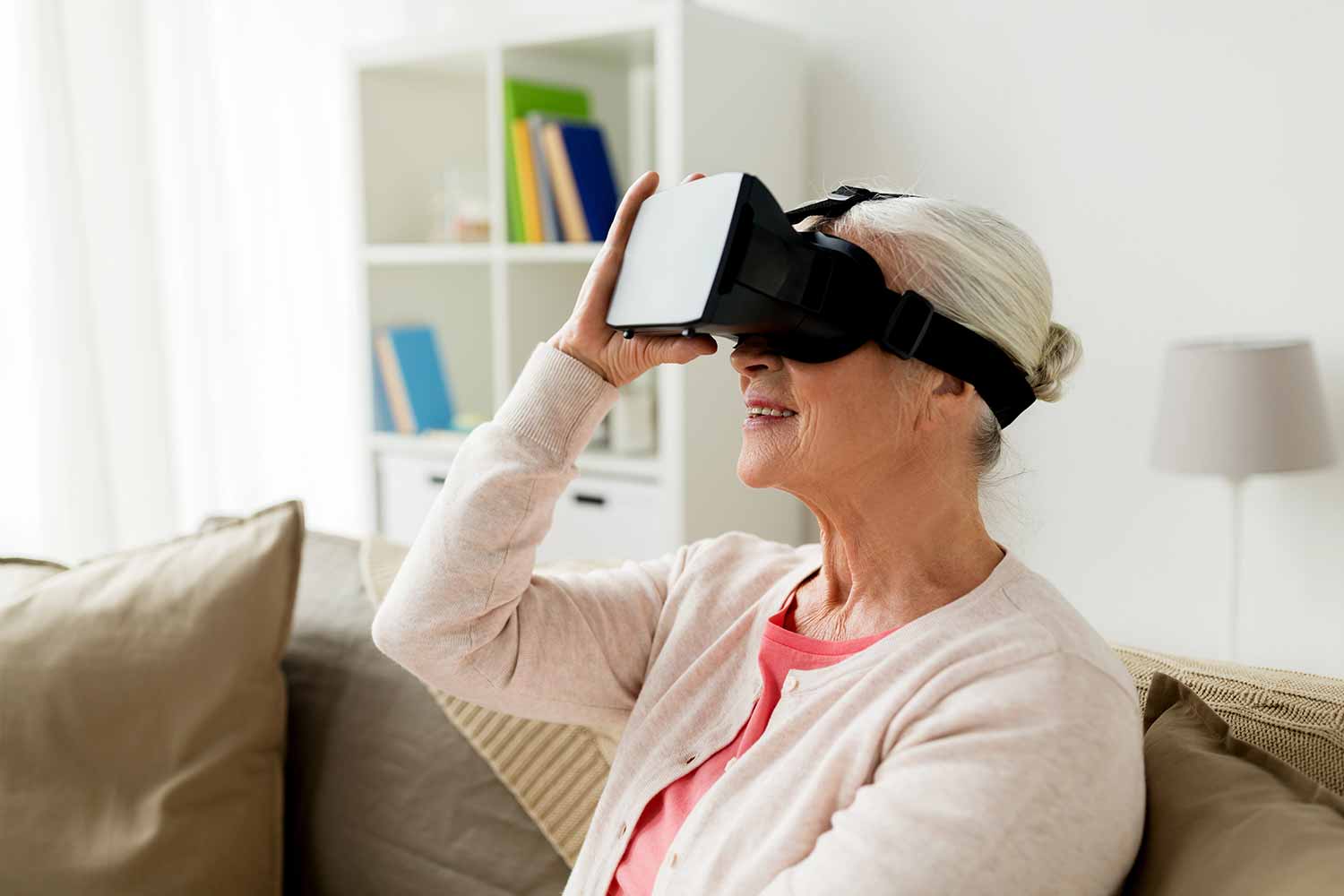Calgary is a city built on the promise of openness. Open skies. Open spaces. Open…

Dreaming Big: The Future of VR and Neural Implants for People with Disabilities
Imagine a future where technology transcends limitations, opening up new realms of possibility for individuals with disabilities. In this visionary landscape, virtual reality (VR) and neural implants emerge as transformative tools, revolutionizing how we perceive and interact with the world. Let’s delve into this futuristic journey and explore the boundless potential of VR and neural implants for people with disabilities.
VR: Bridging Realities
Virtual reality has already made significant strides in entertainment and gaming, but its true potential lies in its ability to bridge realities and create immersive experiences that transcend physical barriers. For individuals with mobility limitations, VR offers a gateway to explore distant places, engage in social interactions, and participate in activities that were once out of reach.
Imagine a person with limited mobility donning a VR headset and instantly being transported to a virtual world where they can walk, run, and interact freely. VR simulations can simulate real-world scenarios, allowing individuals to practice skills, experience adventures, and engage in therapeutic activities tailored to their needs.
Neural Implants: Enhancing Connectivity
Neural implants represent a cutting-edge frontier in healthcare, enabling direct communication between the brain and external devices. In the future, neural implants hold the potential to restore lost functionalities, enhance cognitive abilities, and empower individuals with disabilities to control technology with their thoughts.
Picture a neural implant that allows a person with paralysis to move robotic limbs with precision and dexterity, granting them newfound independence and mobility. Advanced neural interfaces can decode neural signals, interpret intentions, and translate them into actions, opening up a world of possibilities for communication, navigation, and control.
Integration and Synergy
What makes this future truly revolutionary is the integration and synergy between VR and neural implants. Imagine a seamless connection where neural signals are translated into virtual movements within a VR environment. Individuals with disabilities can navigate virtual spaces, interact with objects, and communicate with others using their thoughts and intentions.
In this future, VR becomes more than just a form of entertainment—it becomes a tool for empowerment, education, and exploration. Neural implants act as the bridge between the mind and virtual worlds, unlocking new dimensions of freedom, creativity, and expression for individuals with disabilities.
Empowering Dreams
As we dream big about the future of VR and neural implants for people with disabilities, it’s crucial to consider the ethical implications, privacy concerns, and equitable access to these technologies. Collaboration between researchers, engineers, healthcare professionals, and individuals with disabilities will be essential in shaping a future that prioritizes inclusivity, accessibility, and empowerment.
Ultimately, the future we envision is one where technology serves as a catalyst for human potential, breaking down barriers, fostering connections, and empowering dreams. VR and neural implants are not just tools—they are pathways to a more inclusive and limitless world where everyone has the opportunity to thrive and experience life to the fullest.



